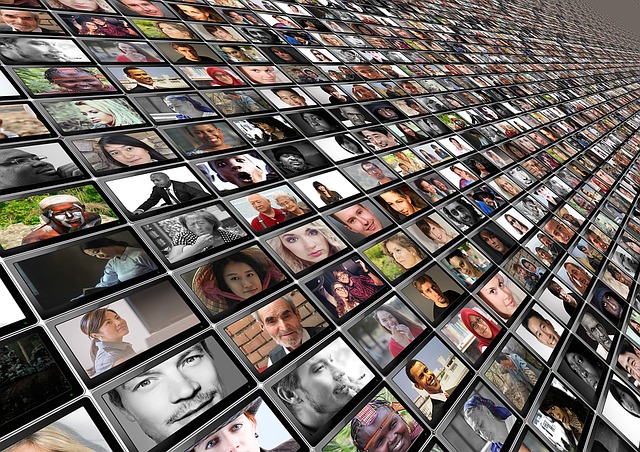We live in a data-intensive era. Data is booming.
Companies are realizing that data is one of the most important assets and they are utilizing data to better understand their customers, effectively predict their needs, as well as identify new opportunities. Using data, they are now able to function better as well as effectively have an edge over their competition.
However, the growing volume of data and the related complexity of gaining insights into it create challenges for many businesses. Traditional architectures and the old way of gathering insights require organizations to make difficult tradeoffs and experience suboptimal results.
According to a SingleStore study, almost half (44%) of IT professionals say that the biggest database challenge their company faces involves performance and scalability limitations. Nearly a third (31%) say that their legacy databases lead to cost inefficiencies, wasting valuable budget.
Clearly, the antiquated, complex data management solutions that many companies continue to rely on are costly and sacrifice speed and query latency. They are not conducive to the data-intensive, demand-centric time in which we live and that continues to expand every moment.

To build a successful database, developers need to understand what they need to service these data-driven environments. Here is what to consider as your company moves away from complexity, cost and sacrifice and embraces the data-driven world of today and the future.
To better address the growing volumes of data, it’s essential to understand your data-intensive applications and the kind of performance, scalability and speed they require. Only that way can you get on a path to deliver exceptional, real-time data experiences to application end users.
Evaluate your data-intensive applications to gauge what kind of latency they can handle and still deliver the desired experiences. Many applications today require very low latency.
Consider what else you will need from an infrastructure perspective to deliver the service levels that your data-intensive applications – and the people who use them – will expect and require. Think about what other kinds of performance and capabilities your applications need today. But also examine what your application or applications might require in the future as they evolve.
Re-engineering is vital. Assess the parameters that you must address before building your solution.
Ensure your new solution delivers high availability. Assess the nature of queries you need your new solution to address. Also be sure to make choices that enable you to scale efficiently.
Remember that the cloud can help with horizontal scale for both storage and throughput needs with the necessary elasticity for your workloads, and deliver it at economies of scale.
Applications and end users today require and demand rapid results. But you can’t deliver such results without the ability to do real-time analytics.
Leverage technology and processes that enable you to combine your transactional and analytical workloads to eliminate performance bottlenecks and unnecessary data movement.
This will allow you and your organization to address growing and demanding workloads, move quickly to understand and act on opportunities, and supercharge limitless data experiences.
Today’s most successful companies rely on data — whether they’re preventing millions of fraudulent credit card transactions, offering dynamic pricing to hundreds of thousands of riders or sending title recommendations to millions of viewers. Access to real-time, actionable insights empowers them to make the right business decisions and deliver extraordinary customer experiences. A powerful data engine is the most critical enabler of that success.
With the ongoing and quickly accelerating influx of high volumes of data, companies have realized that most current databases weren’t designed for data intensity. Legacy databases are unable to ingest high volumes of complex data at a speed that allows them to act in the moment.
In the current market, it is very important for organizations to have databases that have speed at scale and offer high performance while optimizing their business outcomes. Modern databases need to ingest data, reduce query latency and increase concurrency.
We live in an era in which a highly functioning database is becoming the modern IT foundation for data-intensive applications.

To fulfill their growing data needs, organizations typically address applications by adopting several special-purpose databases. This provides them with both transactional and analytical capabilities.
The problem with this approach is that it adds significant complexity and leads to data sprawl. That adds costs, complications and introduces latency because it means that organizations now have to tie together multiple data engines or move data around.
Eliminate data and database sprawl by adopting a platform that goes beyond traditional database functions. Consolidating databases will allow you to improve administration efficiency and future-proof your data needs.
Modern databases now allow organizations to use their data in a way that was not possible before. These databases can not only combine data about their customers, but their environment to be able to predict future needs.
This means less work for the user to discover the key insight – or better yet for the user to have no work, as the insights are identified by the application and packaged and presented to the user. Adopt this approach, which will make it easier for you and others in your organization to act on data as you go about accomplishing tasks and working to differentiate your business.
The key attributes that a database enables this approach are:
With this approach, you can deliver operational insights and advantages for your business and your customers today while proactively identifying and capitalizing on your future needs.
By Shireesh Thota





